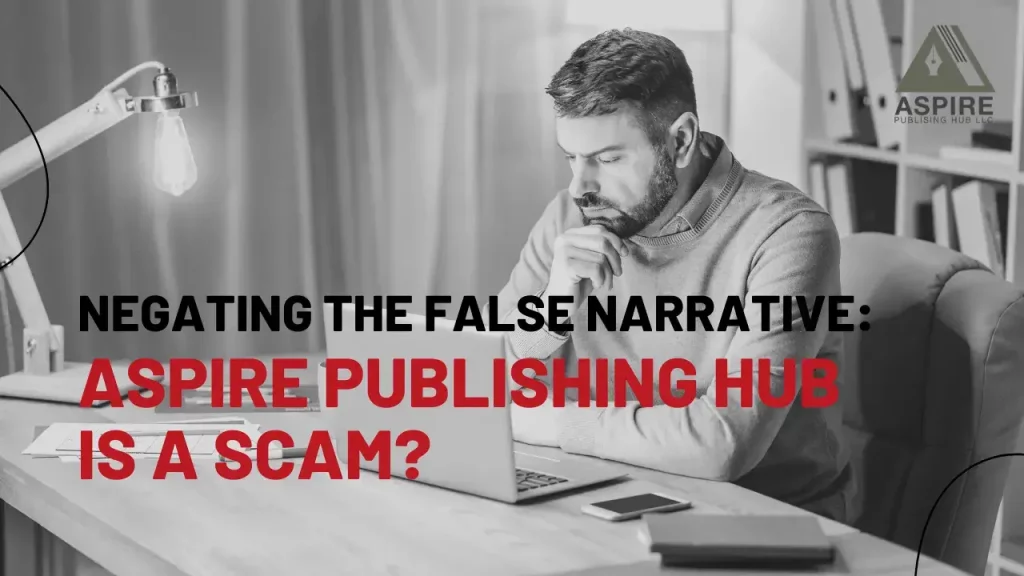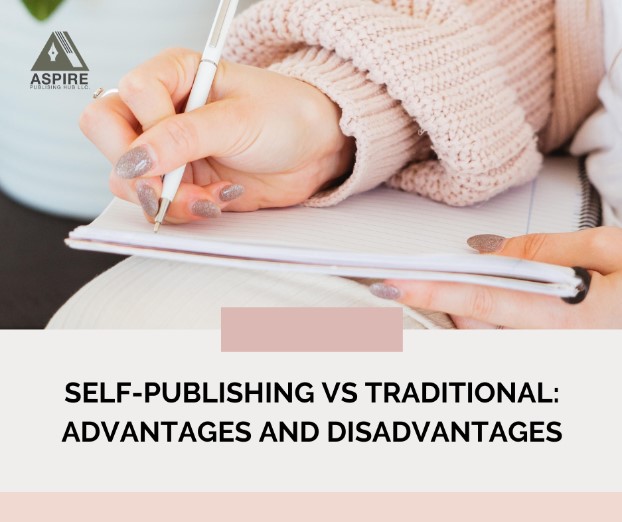With the time it takes to write, edit and perfect a book, it’s easy to understand why a paper is a commonly overlooked aspect of bookmaking. In addition to pricing, the paper is vital in how a reader approaches your book.
Coated paper
To create coated paper, a mineral coating is applied to the paper’s surface during the last stages of manufacture. A whiter, smoother look is achieved in this way. The calendering done on the paper’s surface after applying the mineral layer determines the layer’s final appearance.
The calendars come in the form of rolls with a grate-like surface. Because of their sanding motion, they cause the paper to sag. In its absence, the paper will take on a dull appearance. A slow sideways swing will provide a satin finish, while a quick one will produce a glossy surface on the paper.
The coated paper will have a smooth, even surface, making it ideal for illustrated books. Publications like periodicals and brochures also make use of it. Since the fibers in coated paper are smoothed down, coated paper is always finer and softer than its uncoated counterpart.
Uncoated Paper
Writing paper, also known as office paper, periodicals, and books printed in black and white, almost always use uncoated paper.
Offset paper
Uncoated paper like offset is known as offset paper. It’s possible that it’s recycled or that it contains wood fibers. It is always less expensive and has a more transparent, less white, and more uneven surface than ordinary glass.
Both recycled paper and virgin fibers are acceptable sources of pulp. If the wood is ground and nothing more is done to it, it is called mechanical pulp; if heat and chemicals are used, it is called the chemical pulp. The Enviro Book is one example of a paper made entirely from recycled pulp; other papers may use a higher or lower percentage of recycled pulp to complement the new fibers.
Bulky paper
Offset papers include bulky paper. This paper has fibers that are substantially thicker and heavier than those found in regular offset paper. Bulky paper is often twice as thick as regular offset paper. Due to low demand, this paper is tough to come by in North America.
Recycled paper
However, contrary to widespread assumption, recycled paper is not a silver bullet that would eliminate the need to harvest trees for pulp. For reasons of quality, paper can only be recycled three times. However, it can be recycled into cardboard for packaging and building components.
Using recycled paper instead of destroying trees is a win-win. Paper is a great CO2 trap, and only when it is burned will the trapped CO2 be released. Therefore this is especially crucial.
This paper is preferred by many due to its low cost and widespread awareness of environmental concerns.
Eco-friendly paper
Paper that is good for the environment can be recycled paper. This paper must be sourced from responsibly managed forests and processed in accordance with FSC (Forest Stewardship Council) guidelines for responsible forest management.
The FSC label verifies the paper’s origin and manufacturing procedure. As environmental regulations are progressively incorporated into the logging and wood processing business, most papers in North America are FSC certified.
Coated Paper vs. Uncoated Paper
One of the first considerations for authors is whether to use coated or uncoated paper. Coated paper, as the name implies, is paper that has been covered in a polymer or other material. Coated and uncoated paper yield nearly identical results when printing with a toner-based printer.
Coated paper can have different textures and finishes depending on the coating used, but it will always be less porous and waxier than uncoated paper.
Coated paper, despite its benefits, does have certain downsides. However, the coated paper does not work with the typical bookbinding adhesive. It’s necessary to use a PUR adhesive, which is a bit more pricey. The book’s heft may also have a role.
Coated sheets add roughly 30 percent to a book’s weight, making it more difficult to hold and more expensive to send. Coated paper’s somewhat reflective surface also makes it difficult to write on and read in bright light.
For books with more text than pictures, such as novels, textbooks, and journals, uncoated paper is the standard. You can give your pages a more classic vibe by selecting this option. If you want your readers to be able to scribble in or take notes in your book, uncoated paper is your best bet because of the variety of textures and colors it comes in.
It would be best if you made some choices about the pages themselves before you can start putting your creativity into them. The size, layout, page count, image quality, portability, and durability of your book are just some of the many aspects that will be affected by the paper you choose. There are a number of important issues you need to ask yourself before deciding on the paper to use for your book.



